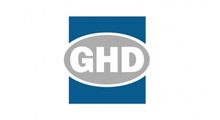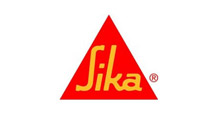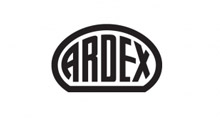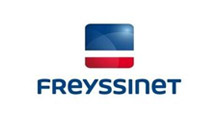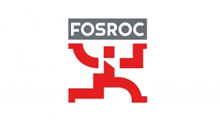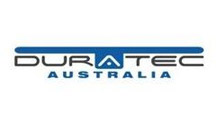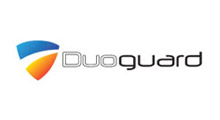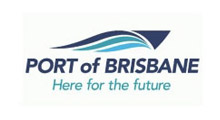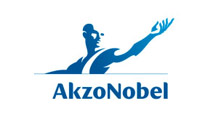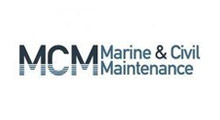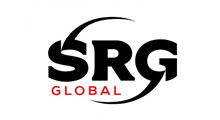
Protect & Remedy
Protective and remedial systems may be applied to concrete in a structure to protect it against chemical or mechanical effects.
In principle, such systems are designed primarily to enhance structural durability and extend service life performance. However, improvements or repairs to damaged structures may also be driven by the need to improve aesthetics.
Technical considerations are essential to sound decision making in all cases. To successfully implement a repair or protective system, it is essential to arrest causes that favour the observed deficiency.
Symptoms often have more than one cause. Therefore the key to success or failure of a repair system is the proper diagnosis of the problem. This is followed by developing a cost-effective repair or remedial plan which ensures long-term serviceability and integrity of the structure.
Professional expertise is required at every stage of a repair process. This includes design, planning, material selection, placement, installation and inspection of protective systems at the expense of performance and eventual structural serviceability.
Within the current context, the principal reason for repair is to reduce or prevent the occurrence of reinforcement corrosion and associated forms of damage. The extent and causes of damage, progress of damage and impact of damage on structural safety and performance all have to be very carefully assessed.

Summary of the effect of environmental condition on corrosion rate
| Cause of depassivation | Environmental factors | Corrosion rate |
|---|---|---|
| Carbonation | Indoor dry | Negligible |
| Indoor wet, outdoor sheltered from rain and splash | Low | |
| Outdoor, changing wetting and drying (splash) | High | |
| Chlorides | Indoor dry | Low* |
| Continuously submerged | Low* | |
| Indoor wet, outdoor sheltered from rain and splash | High* | |
| Outdoor, changing wetting and drying (splash) | Very High* |
*Subject to chloride content of the original concrete mix.
Watch this page for expansion on this theme or refer to Chapter 5 of the Guide to Concrete Repair and Protection, whose content comprises:
- Patch repair systems (repair principle R)
– Concrete removal
– Surface preparation — concrete
– Surface preparation — reinforcement
– Materials for patch repair
– Cement-based materials
– Polymer concrete
– Polymer-modified cement systems
– Polymer impregnation
– Hydrophobic impregnation
– Joint sealants
– Protective coatings - Moisture barrier systems (repair principle W)
– Materials and methods - Coating on steel reinforcement (repair principle C)
– Materials and methods - Cathodic protection, chloride extraction and re-alkalisation (repair principle K)
– Cathodic protection (CP) systems
– Re-alkalisation and chloride extraction techniques
– Summary of operational parameters of electrochemical repair systems - New methods
– Externally bonded fibre-reinforced plastics (FRP)
– Impregnating corrosion inhibitors - Acknowledgements
- Further reading



